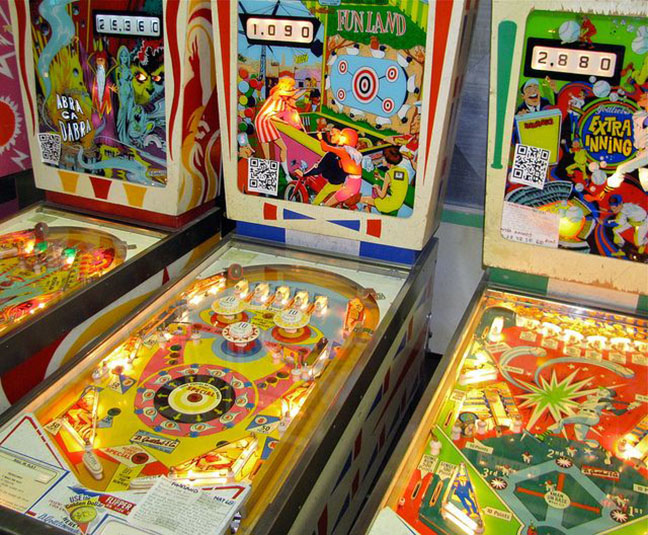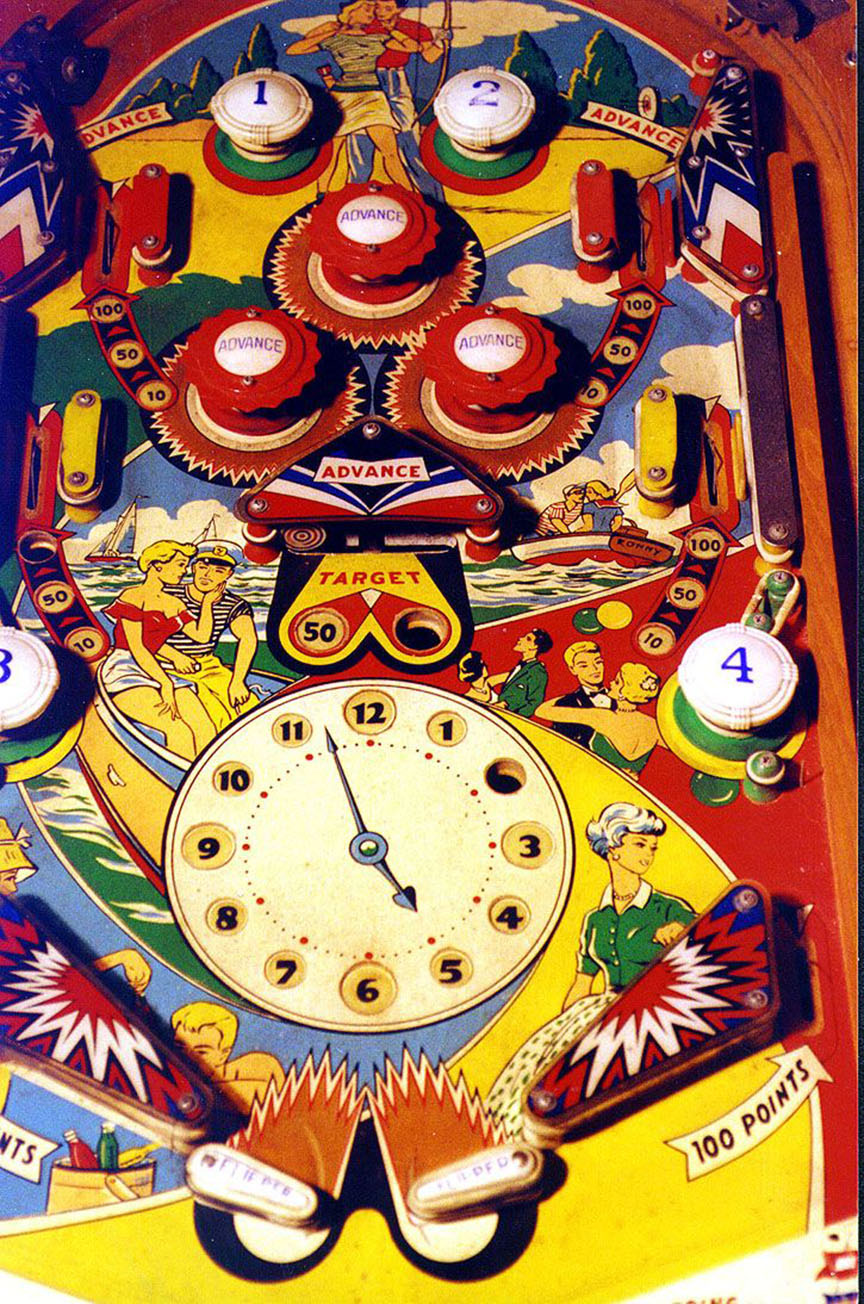By Pinball Trader

Pinball games have been a popular form of entertainment for over 100 years. The origins of pinball can be traced back to the 1700s, when a game called “bagatelle” was introduced. This game was played on a table with a sloping surface and players used a stick to hit balls into holes on the table. This evolved into a more modern version of pinball in the late 1800s, with the addition of electrical components, coin-operated machines, and flippers.
The first true pinball machine, called “Baffle Ball,” was introduced in 1931. This machine featured a playfield with holes, and players used flippers to keep the ball in play and score points. Over the next few decades, pinball machines continued to evolve and become more popular, with various advancements made in design, gameplay, and technology.
One of the biggest changes to pinball came in the 1970s, with the introduction of electronic pinball machines. These machines featured electronic scoring and sound effects, and were much more technologically advanced than their mechanical predecessors. In the 1980s and 1990s, pinball machines continued to become more advanced, with the introduction of video displays and even more elaborate sound effects.
Despite its popularity, pinball faced a decline in the late 1990s and early 2000s, as video games and other forms of entertainment became more popular. However, in recent years, pinball has experienced a resurgence, with many new machines being produced and a growing number of people rediscovering the joy of playing pinball.
Today, pinball is once again a popular form of entertainment, with pinball machines found in arcades, bars, and homes all over the world. The history of pinball is a rich and fascinating one, and its continued popularity is a testament to the enduring appeal of this classic game.

